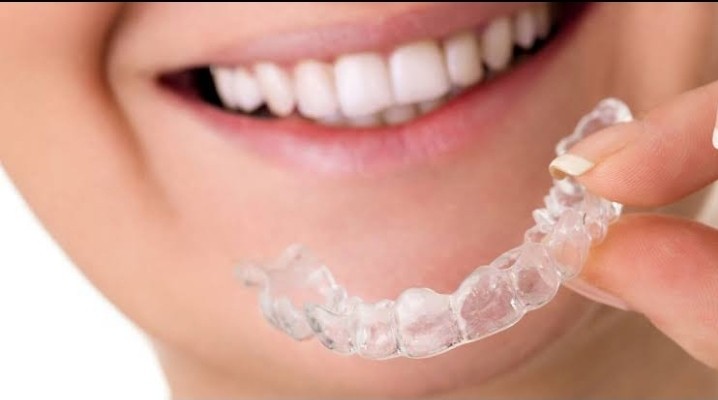What happens in an examination of Invisalign?


Although Invisalign is a versatile oral treatment consisting of different types, there are limitations of this treatment as well. Not every patient is capable of receiving Invisalign treatment. This is why all dentists take a detailed and comprehensive assessment of the mouth before deciding if the person is qualified for the Invisalign treatment. Each part of the mouth is a separate component of something bigger.
Examination
In an examination with an orthodontist, you will be able to ask any important questions you have in your mind regarding Invisalign. Some ideas for questions are:
Do you offer a monthly payment plan?
When can the treatment start?
Do you accept insurance?
What is the duration of treatment?
How long do I have to wear the aligners?
What is the expense of the treatment?
What happens if the aligners are lost or they break?
Will you provide extra or replacement aligners?

In the actual oral examination, the dentist will see your smile. Moreover, the condition of gums and teeth will be judged. This step is crucial because Invisalign can not be given to people having inferior oral health. Poor oral hygiene can negatively impact the success of treatment. It doesn’t matter if you have any gum disease because Invisalign goes easy on the gums. But if you have a cavity, it needs to be cured before starting Invisalign treatment. The cavity can’t be fixed during Invisalign as it will slow down the treatment. The dentist will also see if you suffer from missing teeth, gaps, underbite, overbite, and a habit of grinding teeth. Lastly, the dentist will view the following things:
-
The shape of teeth and percentage of crowding
-
Height, thickness, and depth of teeth
-
Distance between canines
-
Arch width
-
Facial muscles and jaw joints
-
The way you talk
-
The link between the upper and lower jaw
Check this https://yousmileismile.dk/ website to know more.